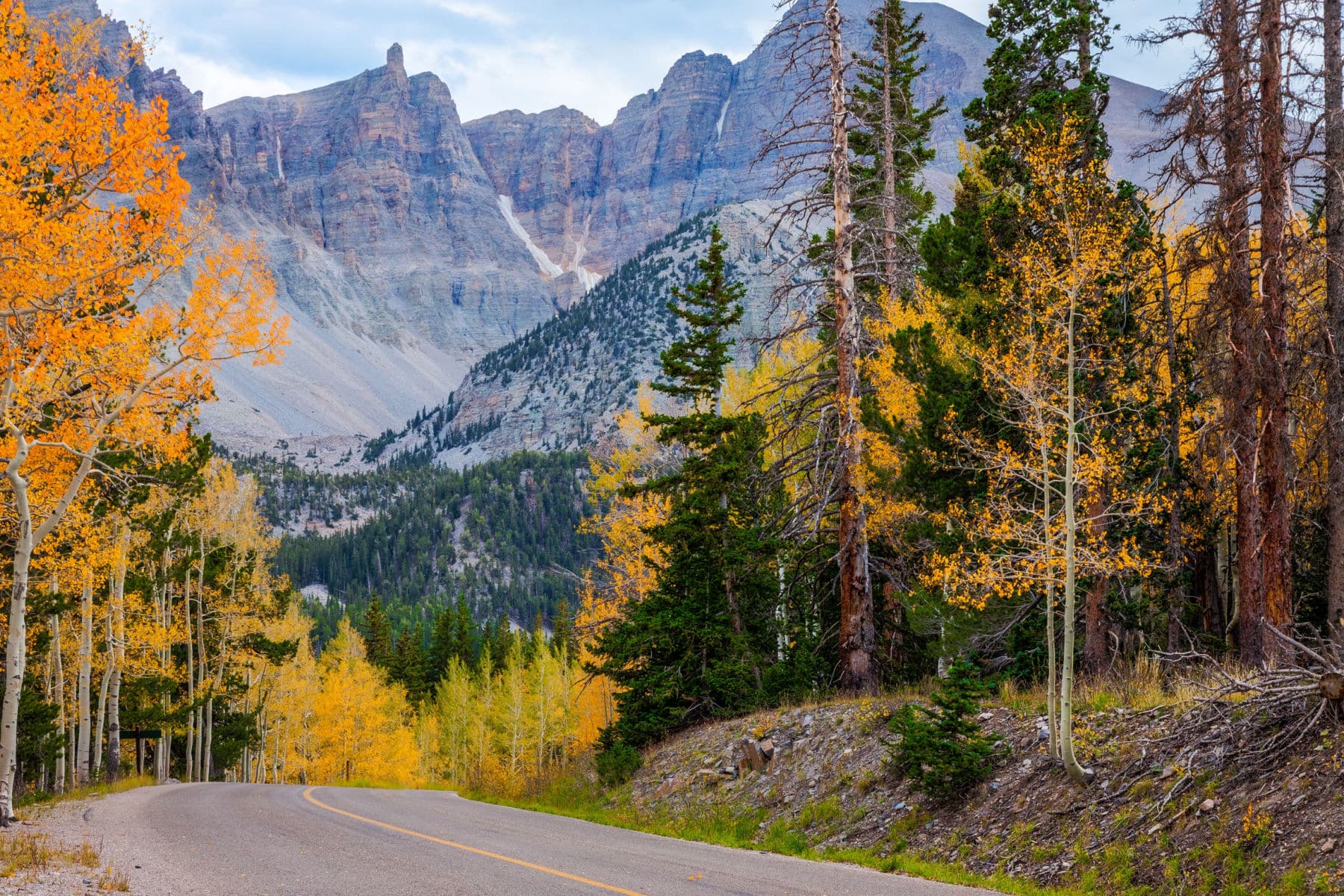
Article Summary: Great Basin National Park Facts
Great Basin National Park Facts! In this article, More Than Just Parks provides you with 10 amazing facts about one of America’s most magnificent national parks.
More Than Just Parks is your one-stop-shop when it comes to learning everything you’ll need to know about America’s national parks. We’ve got expert guides, beautiful photos, helpful tips, breathtaking films and so much more.
I’ve been to so many of these amazing places since retiring from teaching in 2018. Did I mention that I taught history? I spent a lifetime teaching about the history behind some of these natural wonders. Then I got to see them firsthand. And now I’m sharing some of the incredible stories about these beautiful places with you. It doesn’t get any better than that!
More Than Just Parks takes a deeper dive with its national park facts. We’ve done our homework so that you’ll get more than you bargained for.
Without further ado, let’s dive in.
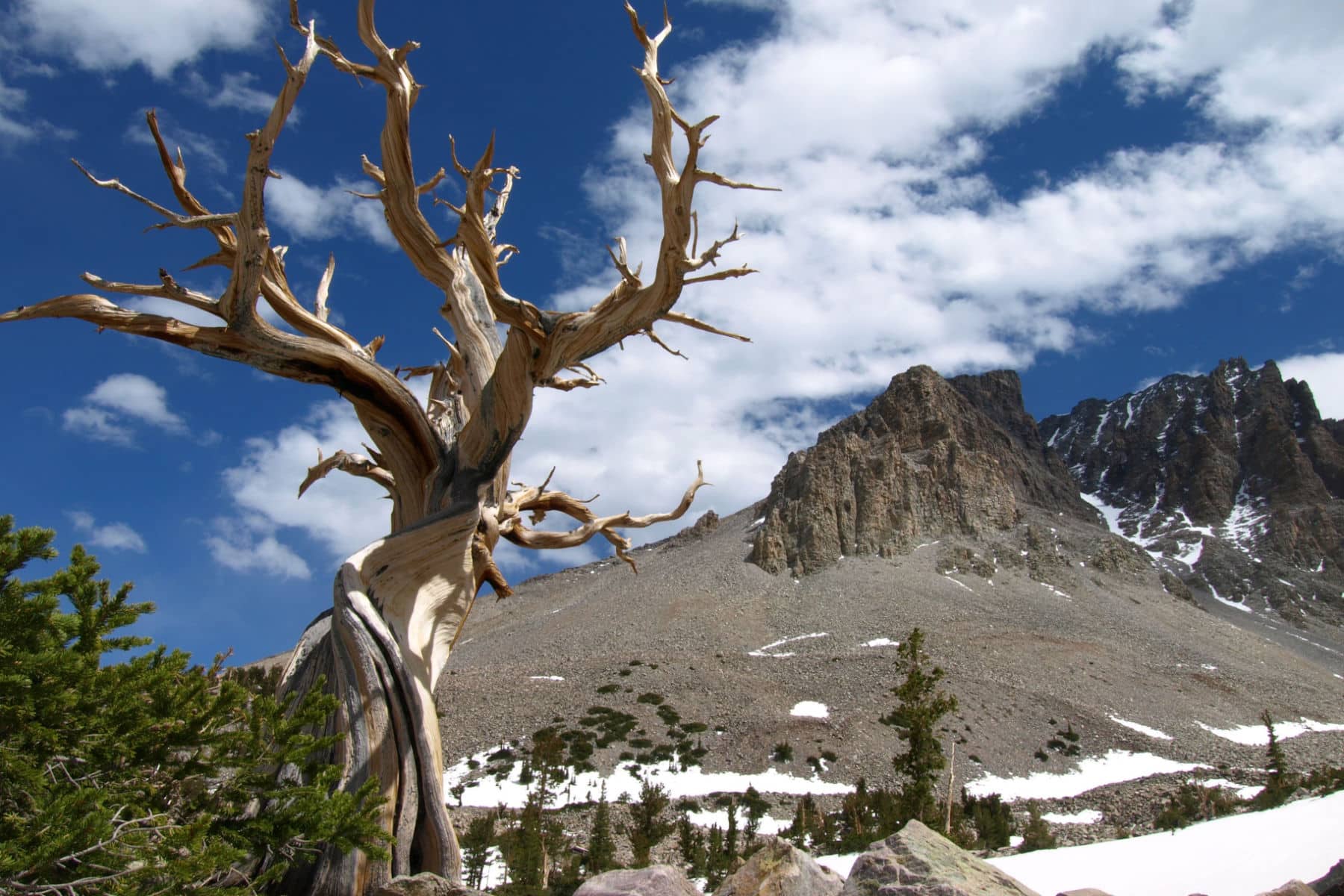
Table Of Contents: Great Basin National Park Facts
Great Basin National Park Facts
- Facts About Great Basin National Park
- Great Basin National Park Facts
- Top 5 Great Basin National Park Facts
- Top 10 Great Basin National Park Facts
- 6. Great Basin National Park Has Some Of The Darkest Night Skies In The United States
- 7. The Park Includes A World Famous Cave
- 8. At Least 10 Species Of Bats Call Great Basin Home
- 9. Great Basin Includes Massive Changes In Altitude
- 10. The Park Features Native Fish Species
- Why Trust Us About Great Basin National Park?
- Meet The Parks Brothers
- Map Of Great Basin National Park
- We Hope You’ll Follow Our Journey
Facts About Great Basin National Park
Basic Facts About Great Basin National Park
Great Basin National Park is a beautiful and unique park located in Nevada, in the United States. The park covers over 77,000 acres of land and is home to a wide variety of plant and animal life, as well as several unique geological features.
One of the most notable features of the park is the Lehman Caves, a series of underground chambers and passageways that have been formed by water erosion. The caves are home to a wide variety of stalactites, stalagmites, and other interesting geological formations.
The park is also home to the highest peak in Nevada, Mount Wheeler, which stands at an elevation of 13,063 feet. The park’s landscape is diverse, with forests of pine and spruce trees, alpine meadows, and crystal clear streams and lakes. The park is also home to a wide variety of plant and animal life, including mule deer, bighorn sheep, and mountain lions.
There are many ways to explore and enjoy Great Basin National Park. Visitors can take a guided tour of the Lehman Caves, go hiking or biking on the park’s trails, or even go rock climbing or stargazing. There are also several historic lodges and cabins located within the park, providing comfortable accommodations for visitors.
Great Basin National Park is a beautiful and unique place, offering visitors the opportunity to experience the beauty and majesty of the natural world in a truly special setting. It is a great destination for outdoor enthusiasts, with plenty of opportunities for hiking, camping, and other outdoor activities.
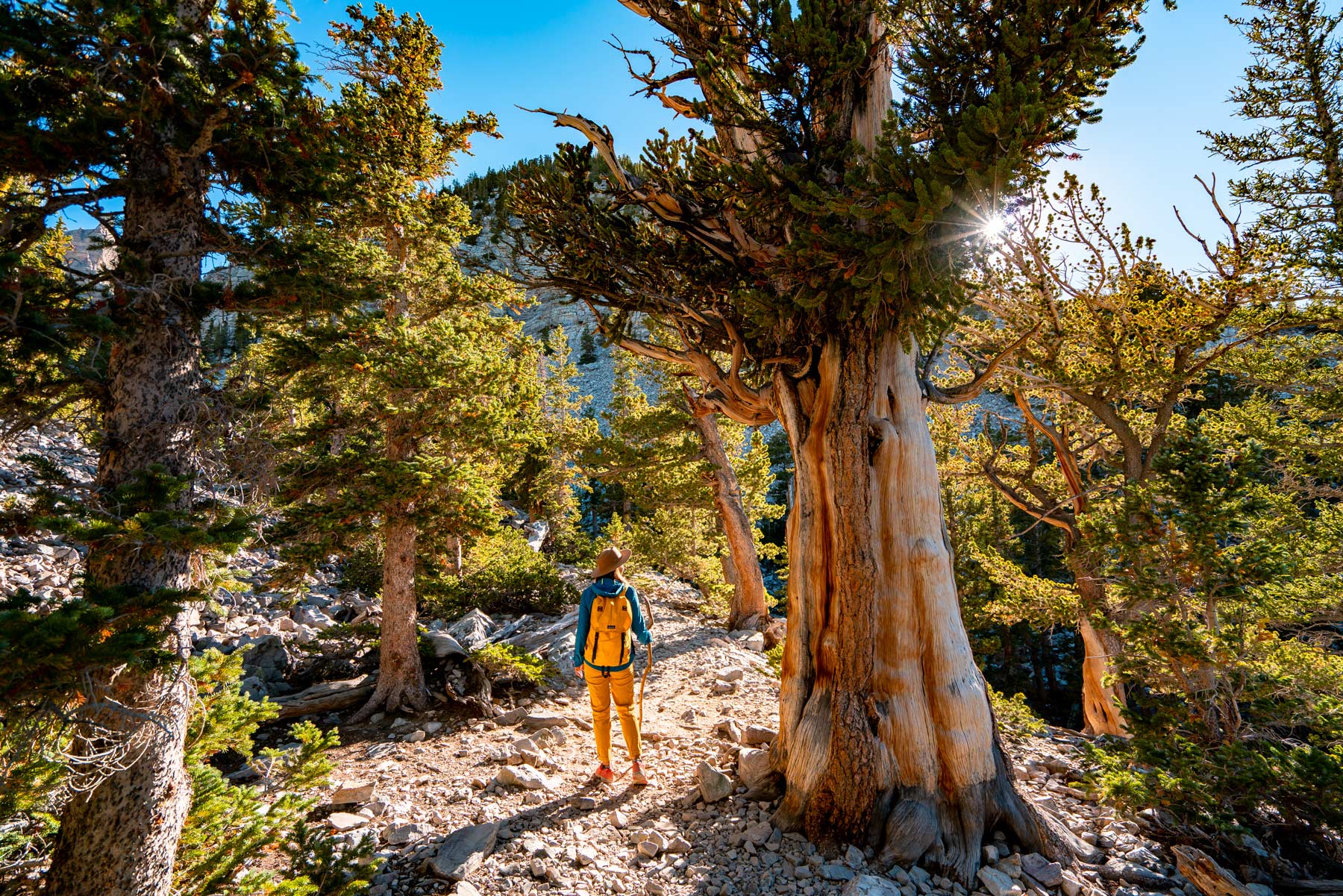
CHECK OUT: 7 AMAZING Nevada National Parks To Visit
Here’s Some Of The Basic Facts
Some basic facts about Acadia National Park include the following:
- Location: Nevada
- Acreage: Great Basin National Park is a place of extremes. From rugged mountain peaks to vast underground caverns, this 77,100-acre park in Nevada appears barren and desolate at a glance, yet supports a vast array of plant and animal life.
- Visitation: The park receives approximately 90,000 visitors per year.
- Highest Elevation: The highest point in the park is the pinnacle of Wheeler Peak, which stands 13,060 feet above sea level.
- Lowest Elevation: The lowest trail is Mountain View Nature Trail, 6,825 feet above sea level.
- Average annual precipitation: The annual rainfall of 6 to 12 inches in the basin supports little more than sparse desert or semi-desert vegetation. The Great Basin is particularly noted for its internal drainage system, in which precipitation falling on the surface leads eventually to closed valleys and does not reach the sea.
- When Did It Become A National Park? Great Basin National Park is established and Lehman Caves National Monument is incorporated into the Park on October 27th, 1986.
Great Basin National Park Facts
Top 5 Great Basin National Park Facts
1. The Earliest Peoples To Inhabit The Park Were The Fremont Indians
Let’s begin our list of fascinating Great Basin National Park Facts with an origin story.
The Fremont People were an archaeological culture that inhabited central Utah, eastern Nevada, and western Colorado from around 1000 to 1300 AD.
They were named after the Fremont River in Utah by archaeologists who have uncovered the remnants of their past residence in these regions.
The Fremont People lived in Great Basin National Park and left behind abundant evidence of their past presence.
They were different from their contemporaries, the Ancestral Puebloan Peoples who built Mesa Verde and Chaco Canyon, in several ways.
These differences include unique “one rod and bundle” basketry construction, moccasins made from the hock of a deer or sheep leg, trapezoidal-shaped figures found as clay figurines and in rock art, and the unique materials used to make their gray, coiled pottery.

The Fremont People Were Primarily Sedentary
Unlike native tribes before and after them, the Fremont were primarily sedentary. They built villages of pit houses with adobe structures to store food.
They collected wild foods and hunted game, but also cultivated corn, beans, and squash using irrigation techniques. The presence of obsidian, turquoise, and shells show that the Fremont traded with distant villages.
The Fremont built several villages, including one near present-day Baker, Nevada, called Baker Village.

Fremont people generally wore moccasins like their Great Basin ancestors rather than sandals like the Ancestral Puebloans. They were part-time farmers who lived in scattered semi-sedentary farmsteads and small villages, never entirely giving up traditional hunting and gathering for more risky full-time farming. They made pottery, built houses and food storage facilities, and raised corn, but overall they must have looked like poor cousins to the major traditions of the Greater Southwest, while at the same time seeming like aspiring copy-cats to the hunter-gatherers still living around them.
-dean snow, archaeologist
CHECK OUT: 25 Bucket List Landmarks In America (MUST-SEE)
2. The Fremont Indians Were Artists
Another Great Basin National Park Fact relating to the Fremont Indians is that they were artists.
The Fremont people were known for their rock art, specifically their production of pictographs (painted on rock surfaces) and petroglyphs (carved or pecked into the rock surface).
These rock art depictions often include human-like figures, animals, and other shapes and forms.
The human-like figures, or anthropomorphic figures, usually have trapezoidal-shaped bodies with arms, legs, and fingers.
These figures are often elaborately decorated with headdresses, ear bobs, necklaces, clothing items, and facial expressions.
This rock art provides insight into the cultural and spiritual beliefs of the Fremont people, and are still studied today by archaeologists and anthropologists to understand more about this ancient culture.
Evidence of the Fremont can be found in local rock art. Upper Pictograph Cave, in Great Basin National Park, contains pictographs believed to be painted by the Fremont.
Other creations are more abstract, consisting of lines or dots.

3. The Great Basin Includes Some Of The Oldest Trees Found On Earth
Another of the fascinating Great Basin National Park Facts is that some of the oldest trees on earth can be found at Great Basin.
As a matter of fact, the rare Great Basin bristlecone pine grows in isolated groves near the tree line, where it can survive for 4,000 years or more under extremely harsh conditions.
The park also features the remains of the famous Prometheus tree, a Great Basin Bristlecone pine once recorded as the oldest tree in the world, estimated between 4700-5000 years-old.
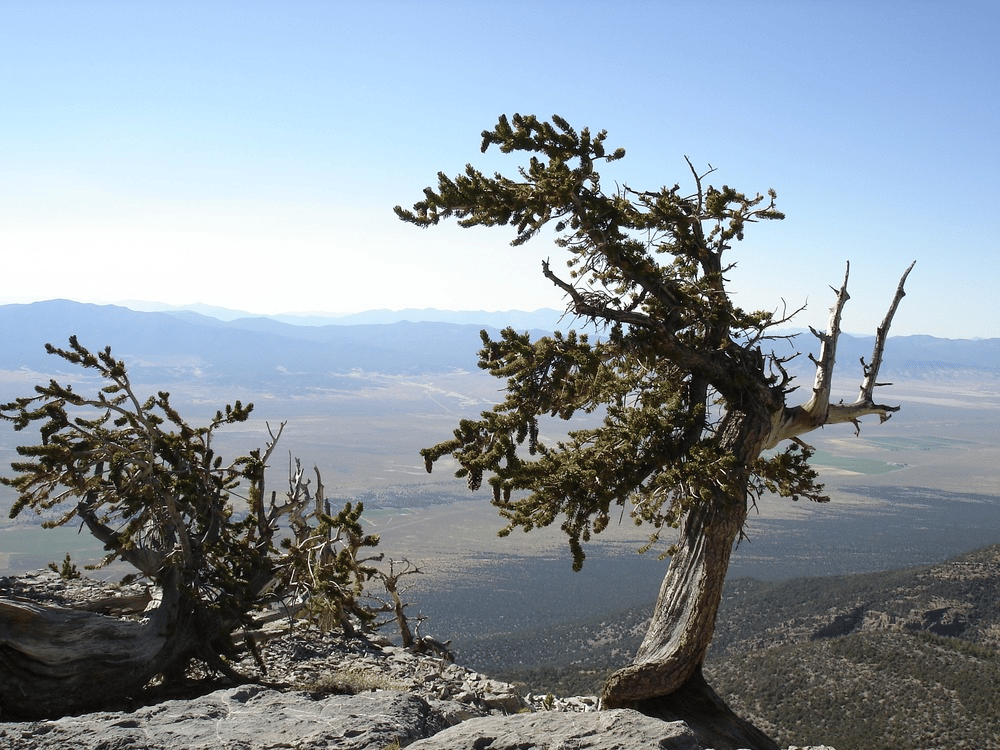
CHECK OUT: 11 AMAZING Facts About Arches National Park
4. Much Of The Great Basin Was Created By Glaciers
Another of my favorite Great Basin National Park Facts is that much of the landscape at Great Basin National Park was carved by glaciers. Some of them are actually still here.
A glacier is a large body of ice that persists year-round and moves under its own weight. It is formed by the accumulation of snow that compacts and recrystallizes into ice over time. The movement of a glacier is caused by the pressure of the ice mass and gravity.
If the amount of snowfall that accumulates on a glacier is greater than the amount of ice that melts or evaporates, the glacier will grow. Conversely, if the amount of melting and evaporation is greater than the amount of snowfall, the glacier will shrink.
The movement of a glacier can be measured by observing the changes in its size, shape, and position over time.
One way to observe this movement is by observing the formation of crevices near the head of the glacier, which appear each summer and indicate that the ice is flowing.

Wheeler Peak Glacier
The Wheeler Peak Glacier sits at the base of Wheeler Peak, in a protected cirque around 11,500 feet in elevation. The alpine glacier is about 2 acres in area.
And while we’re on the subject of glaciers, if you’re planning to visit then you should also check out the Lehman Rock Glacier. It’s a large mass of boulders cemented together by ice and is visible from the Glacier Trail and the Summit Trail.
A single remnant of the true ice glaciers that formed the park 10,000 years ago resides in Lehman Cirque, just above the Lehman Rock Glacier.
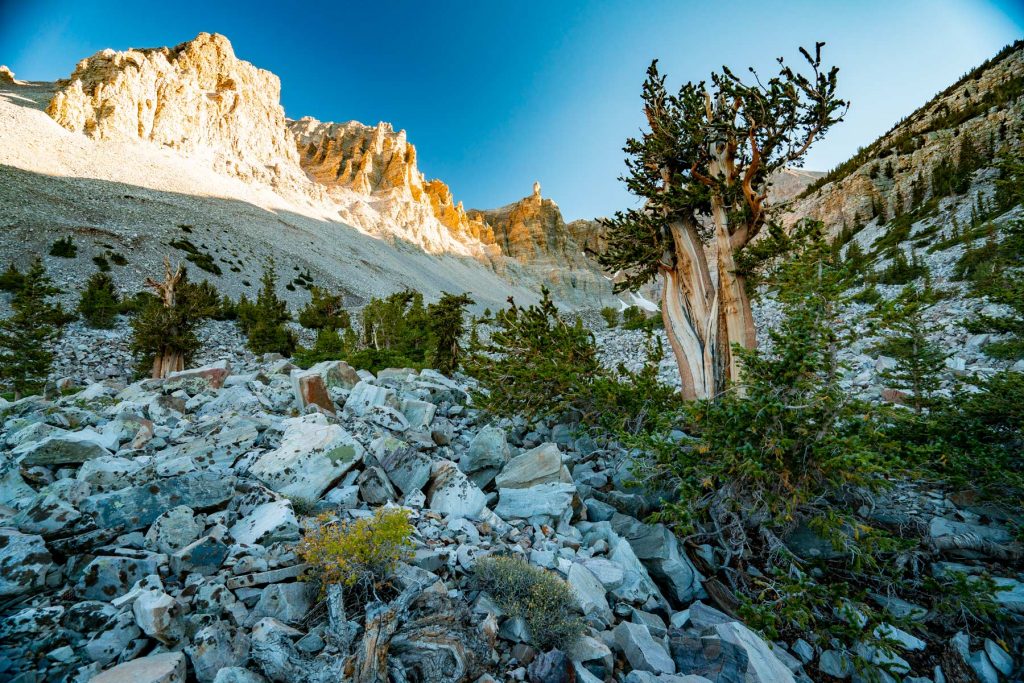
CHECK OUT: 10 AMAZING Facts About Badlands National Park
5. The Park Includes The Second Tallest Peak In Nevada
One of the lesser known of the Great Basin National Park Facts is that included in the park is the second tallest peak in Nevada.
Wheeler Peak is the tallest mountain in both the Snake Range and White Pine County. Its summit elevation of 13,065 feet (3,982 m) makes it the second-tallest peak in Nevada, just behind Boundary Peak.
Wheeler Peak’s topographic prominence of 7,563 feet also makes it the second-most topographically prominent peak in the state, just behind Mount Charleston.
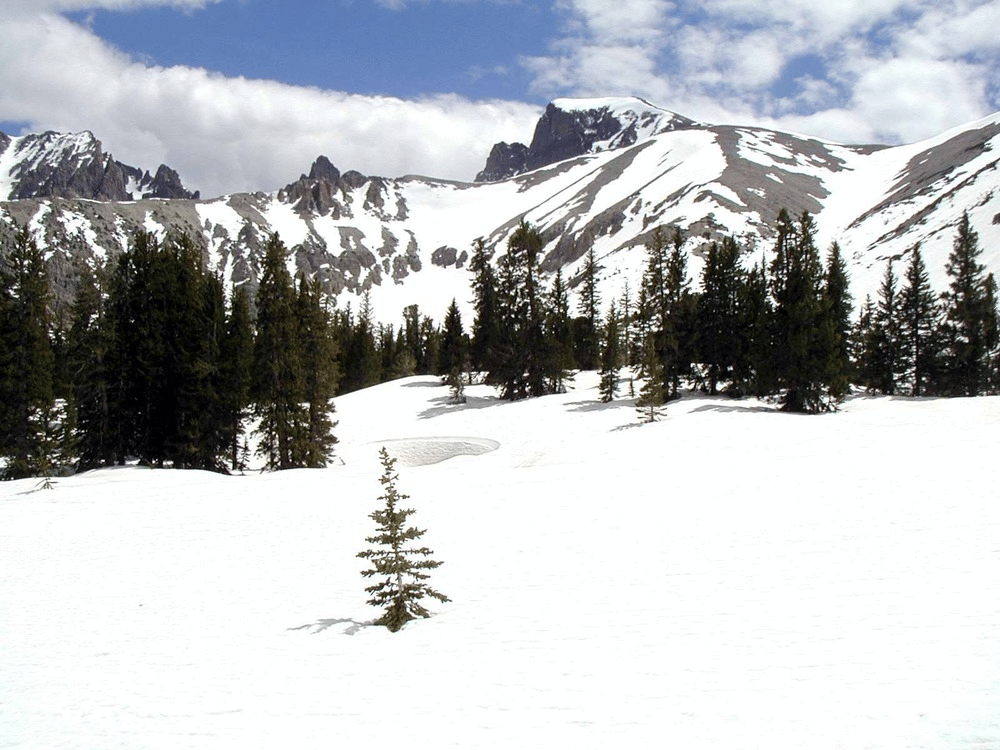
The Wheeler Survey
The mountain is located in Great Basin National Park and was named for George Wheeler, leader of the Wheeler Survey of the late 19th century. It’s an interesting story and one, as a retired history teacher, that I’m only too glad to share.
In spring 1871, a group of scientists, soldiers, and surveyors gathered on the dusty plains of northeast Nevada, near the town of Halleck on the transcontinental railroad, to participate in the first U.S. Army Engineer survey in the American West since the outbreak of the Civil War ten years earlier.
The group’s goal was to map the entirety of the western half of the United States, a monumental task. Over the next nine years, the members of the United States Geographical Surveys West of the 100th Meridian would crisscross the West on foot, horseback, muleback, trains, and wagons.
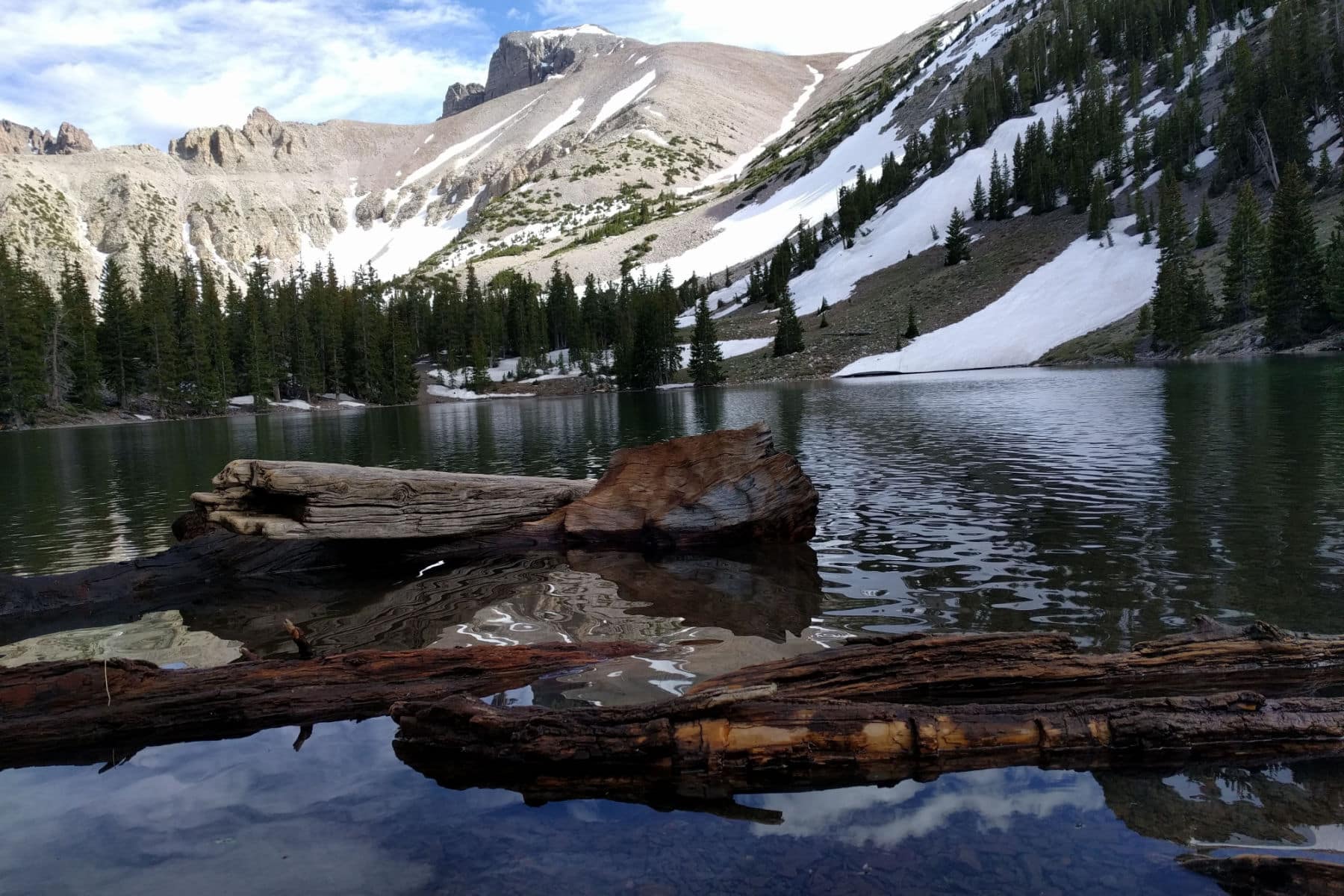
The Tallest Peak In Nevada
Now, if you’re interested, located in Boundary Peak Wilderness is the 13,140 foot Boundary Peak. It’s the tallest peak in Nevada.
From the summit, the view takes in the Mono Lake basin to the north, the Sierra Nevada Mountains to the west, the White Mountains Wilderness to the south, while Nevada’s Basin and Range extends to the eastern horizon.

CHECK OUT: 12 AMAZING Facts About Big Bend National Park
Top 10 Great Basin National Park Facts
6. Great Basin National Park Has Some Of The Darkest Night Skies In The United States
Now here’s an intriguing Great Basin National Park Fact. The park has some of the darkest night skies in the U.S.
Why you might ask? Low humidity and minimal light pollution. It’s a truly amazing place for stargazing.
If you love stargazing then check out the annual Great Basin Astronomy Festival, which is held over several days and nights in September.
It includes stargazing presentations, night sky photography workshops, and telescope observing each night.

CHECK OUT: 14 AMAZING Facts About Canyonlands National Park
7. The Park Includes A World Famous Cave
Just when you thought we couldn’t come up with any more unbelievable Great Basin National Park Facts we’ve come up with another one. The park includes a world famous cave.
Lehman Caves (a single cavern despite the name) extends a quarter-mile into the limestone and marble that flanks the base of the Snake Range.
Discovered in 1885 by Absalom Lehman, a rancher and miner, this cavern is one of the most profusely decorated caves in the region.

Take A Cave Tour
Lehman Caves may only be entered with a ranger-led tour. Cave tours are offered daily, year-round, except for Thanksgiving Day, Christmas Day, and New Year’s Day.
Among the incredible cave tours are the following:
Grand Palace Tour
Grand Palace Tours are approximately 90 minutes long. The Grand Palace Tour travels 0.6 miles, and children must be at least 5 years old to join the Grand Palace Tour (except on tours November through February).
This tour visits the Gothic Palace, the Music Room, the Lodge Room, Inscription Room, and the Grand Palace sections of Lehman Caves, including a chance to view the famous “Parachute Shield” formation.
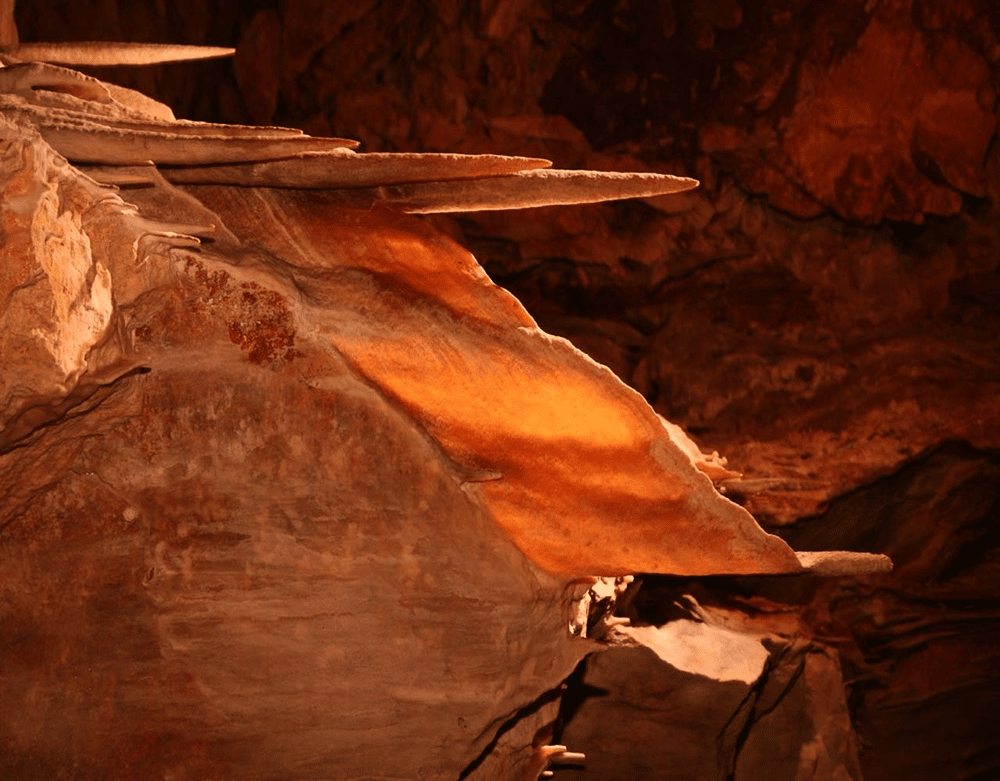
Lodge Room Tour
Lodge Room Tours last about 60 minutes and explore about .5 miles of the cave. When Gothic Palace tours are not available, children of any age may join.
This tour visits the Gothic Palace, Music Room, and Lodge Room as it winds its way through cave passages. Tours are limited to 20 visitors.
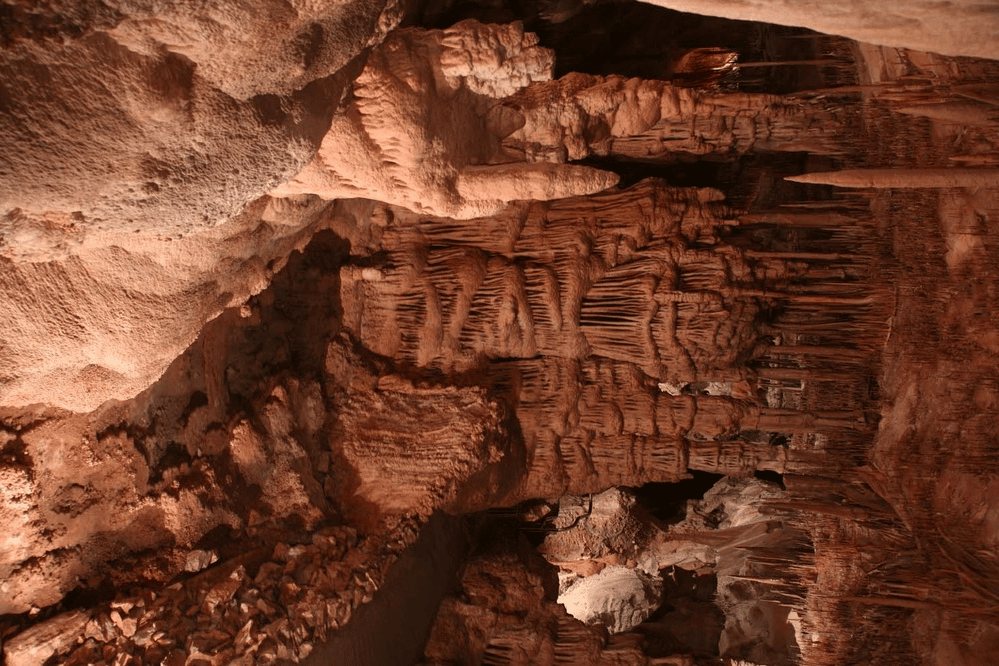
Gothic Palace Tour
Gothic Palace Tours are about 30 minutes long. This is perfect for families with young children. The tour travels less than .25 miles into the cave to the Gothic Palace.
This tour will show off the many cave formations and unique history in this heavily decorated room of the cave. Tour is limited to 20 visitors.

Parachute Shield Tour
Parachute Shield Tours are approximately 60 minutes long. The Parachute Shield Tour travels 0.5 miles through mostly large rooms with steep ramps and smaller passages that connect them.
This tour visits the Lodge Room, Inscription Room, and the Grand palace. Tour is limited to 20 visitors.
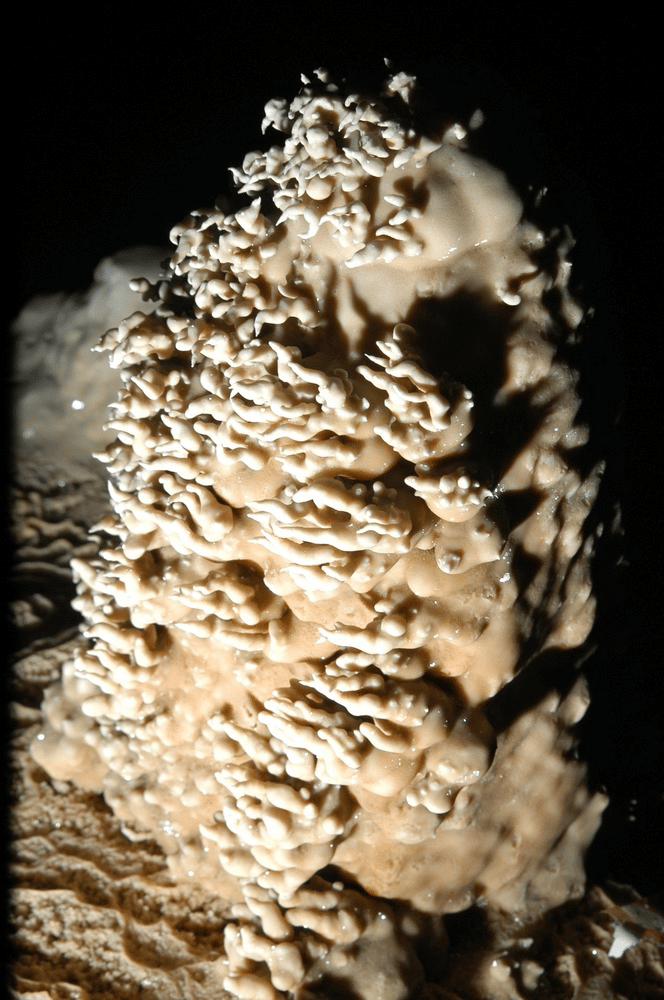
8. At Least 10 Species Of Bats Call Great Basin Home
One of my favorite Great Basin National Park Facts is that at least 10 species of bats call the place home.
Among the bat species are the following: Silver Haired Bat, Hoary Bat, Big Brown Bat and Townshend’s big-eared bat.
This species has a wingspan of about 11 inches and is easily identified by its extremely long, flexible ears.
Townsend’s Big-Eared bats emerge during summer evenings to eat several hundreds of moths and other insects. They form colonies of up to 200 bats.
During the winter they hibernate in caves. Bat guano is an important food source food for cave-adapted species
All of the bat species at Great Basin feed on insects.
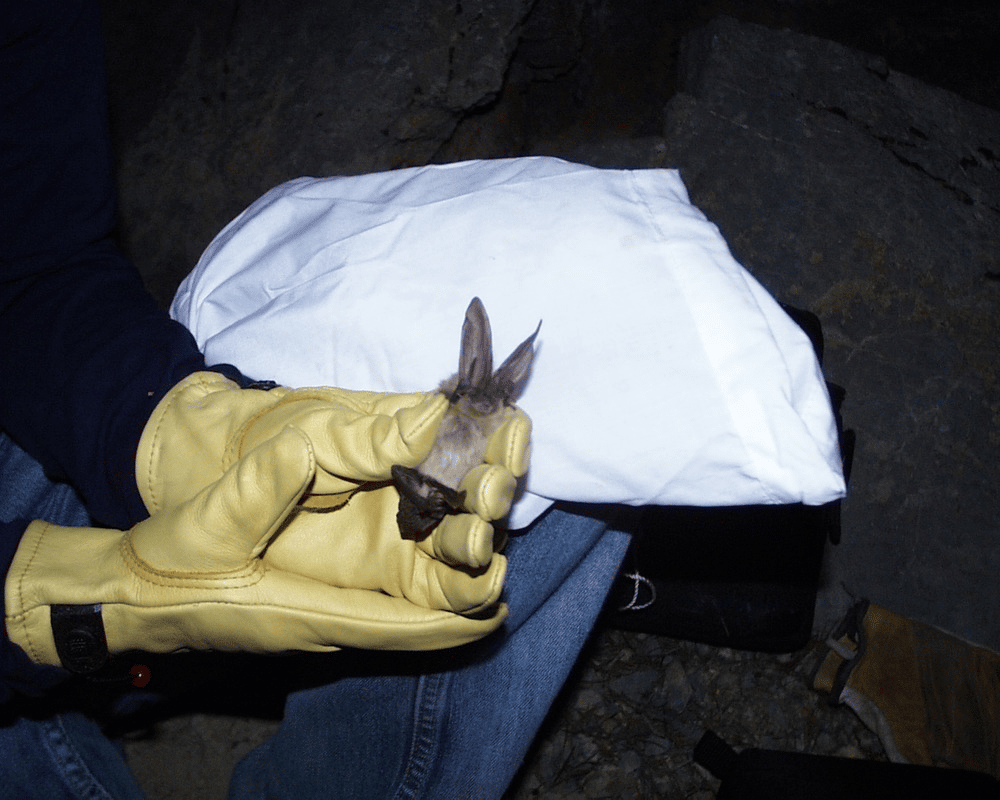
CHECK OUT: 12 AMAZING Facts About Capitol Reef National Park
9. Great Basin Includes Massive Changes In Altitude
Now here’s a Great Basin National Park Fact that you’re definitely going to want to know if you’re planning a trip there. Many of the park’s trails have huge differences in altitude.
In fact, the largest difference between its highest and lowest trails is over a mile; the very highest point is the tip of Wheeler Peak at over 13,000 feet above sea level, while the lowest is at the Mountain View Nature Trail at 6,825 feet above sea level.
Of course with such dramatic changes in altitude can come dramatic changes in weather so you definitely want to come prepared.
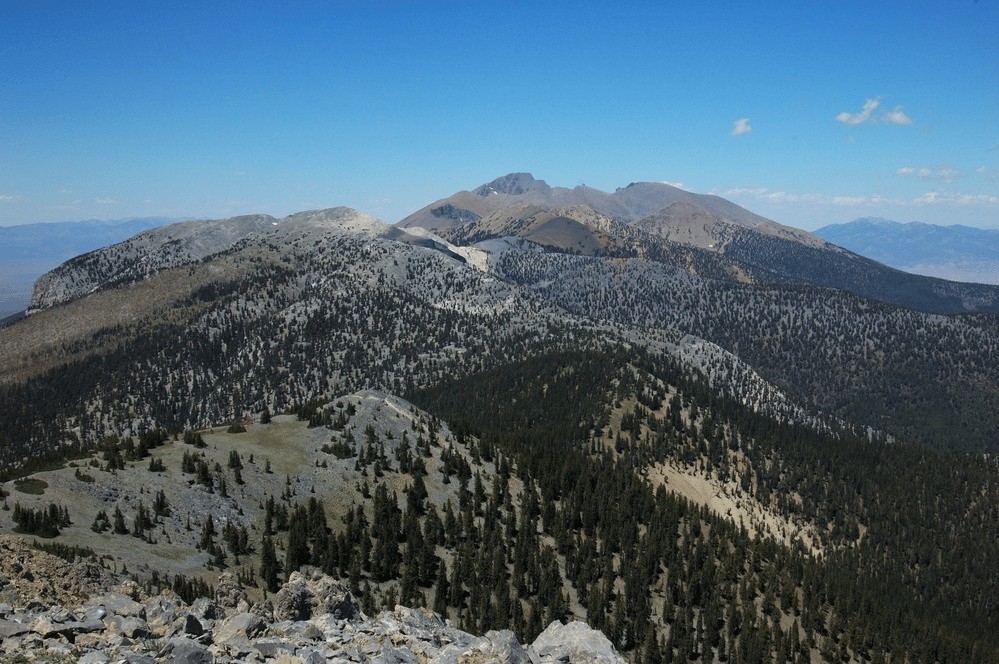
10. The Park Features Native Fish Species
Believe it or not, Great Basin National Park has its own fish species.
That’s right! It’s the Bonneville Cutthroat Trout. It’s the only trout species native to the park and is found living in cold streams at very high altitudes.
Although not native to the area, several other types of trout have also been introduced, including the brown, rainbow, and brook trout.
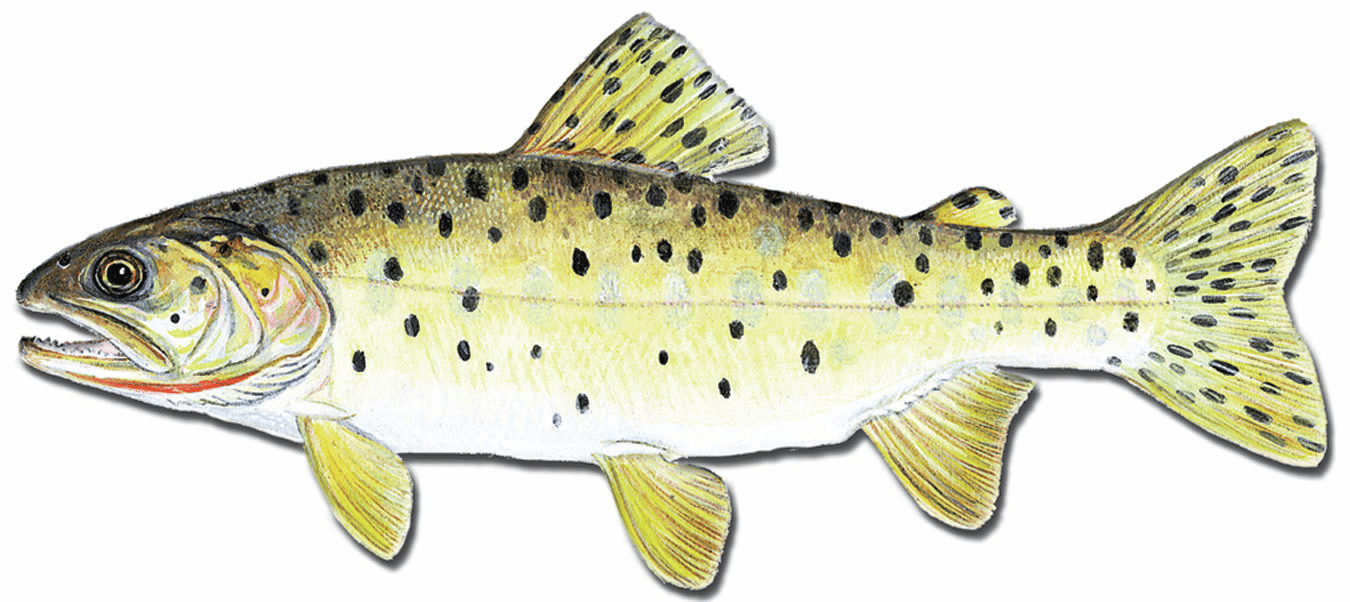
Why Trust Us About Great Basin National Park?
We’re Jim Pattiz and Will Pattiz, collectively known as the Pattiz Brothers (and sometimes the Parks Brothers) and we absolutely LOVE the national parks.
You should probably know that we don’t just make this stuff up out of thin air. We’ve spent our entire adult lives exploring and filming America’s national parks and public lands.
We’ve worked with the National Park Service, the Department of Interior, USDA, and the U.S. Forest Service for years creating films on important places and issues. Our work has been featured in leading publications all over the world and even some people outside of our immediate family call us experts on the national parks.

Meet The Parks Brothers
Map Of Great Basin National Park
List Of Great Basin National Park Facts
- The Earliest Peoples To Inhabit The Park Were The Fremont Indians
- The Fremont Indians Were Artists
- The Great Basin Includes Some Of The Oldest Trees Found On Earth
- Much Of The Great Basin Was Created By Glaciers
- Great Basin National Park Has Some Of The Darkest Night Skies In The United States
- The Park Includes The Second Tallest Peak In Nevada
- The Park Includes A World Famous Cave
- At Least 10 Species Of Bats Call Great Basin Home
- Great Basin Includes Massive Changes In Altitude
- The Park Features Native Fish Species
We Hope You’ll Follow Our Journey

Our goal here at More Than Just Parks is to share the beauty of America’s national parks and public lands through stunning short films in an effort to get Americans and the world to see the true value in land conservation.
We hope you’ll follow our journey through the parks and help us to keep them the incredible places that they are. If you’re interested joining the adventure, sign up below!
Related Links
Nevada National Parks: 7 AMAZING Nevada National Parks For You To Visit
Nevada National Parks: 6 Best National Parks Near Las Vegas
Best Things to Do Glacier NP: 15 Epic Things to Do at Glacier National Park
Glacier National Park Itinerary: Ultimate 3 Day Glacier National Park Itinerary
Glacier National Park Hikes: 15 Best Hikes in Glacier National Park
Montana National Parks: 10 Amazing Montana National Parks to Visit
Grand Teton Hikes: 18 EPIC Grand Teton National Park Hikes (Photos + Guide)
Grand Teton Guide: Grand Teton National Park Ultimate Guide
Things to Do Grand Teton: 17 EPIC Things to Do Grand Teton National Park
Grand Teton Maps: The Best Maps for Grand Teton National Park
Things to Do Yellowstone: 15 BEST Things to Do Yellowstone National Park
Yellowstone Facts: 10 AMAZING Yellowstone National Park Facts
Best Airports Near Yellowstone: The BEST Airports Near Yellowstone National Park
The Wyoming National Parks: 10 EPIC Wyoming National Parks: The Complete Guide (+ Photos)

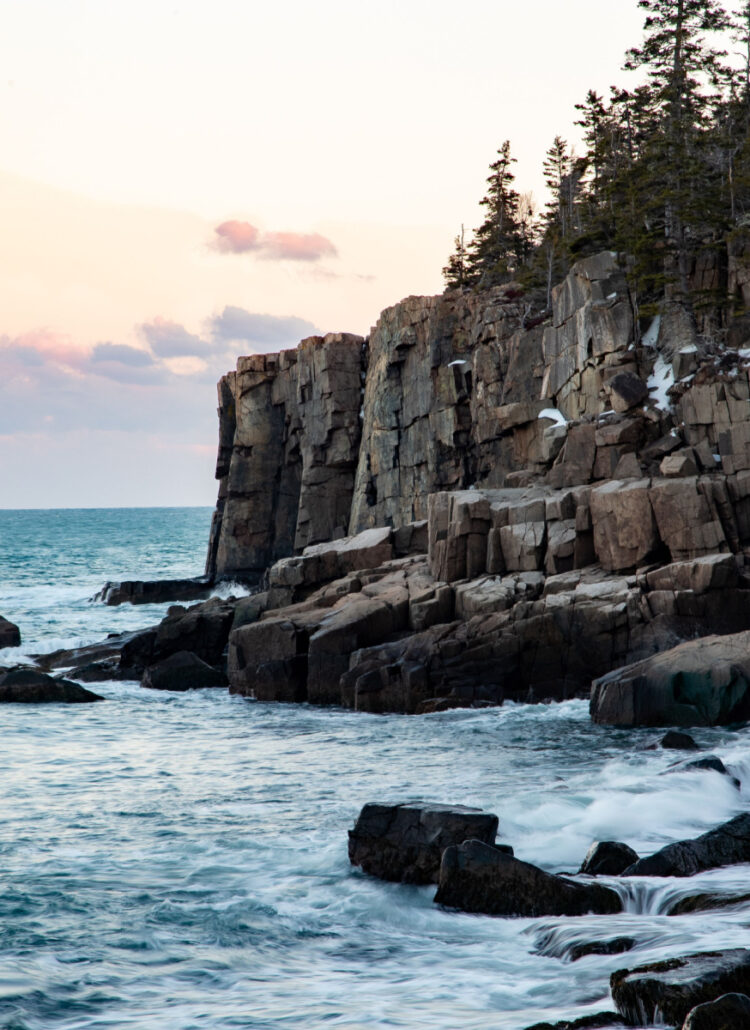
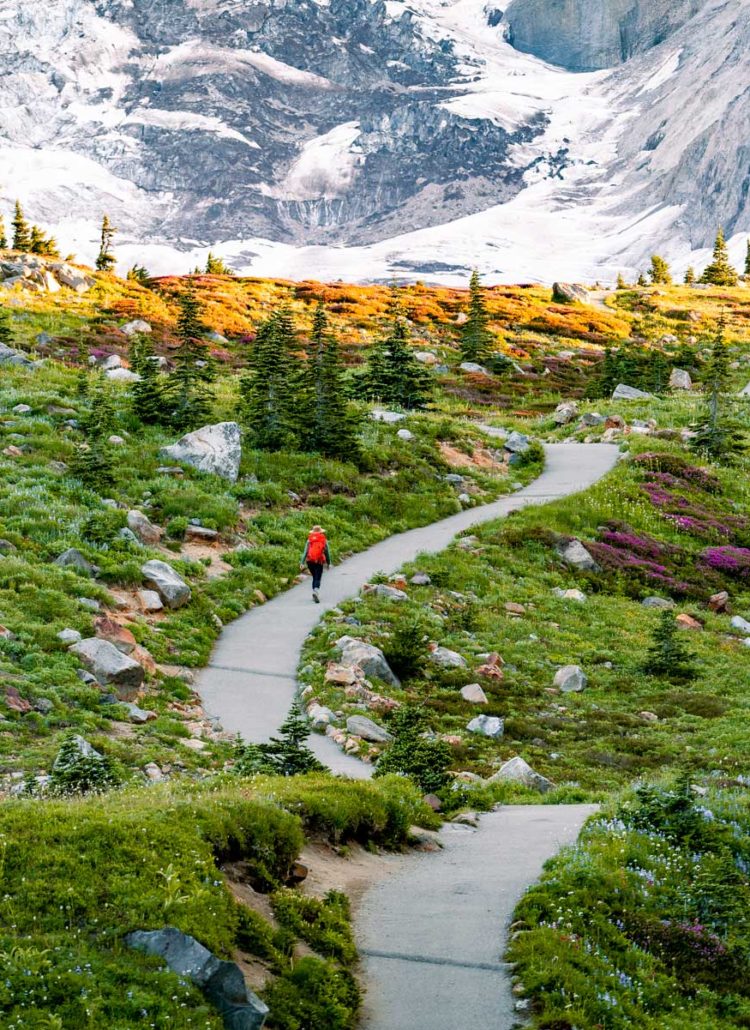


Leave a Reply